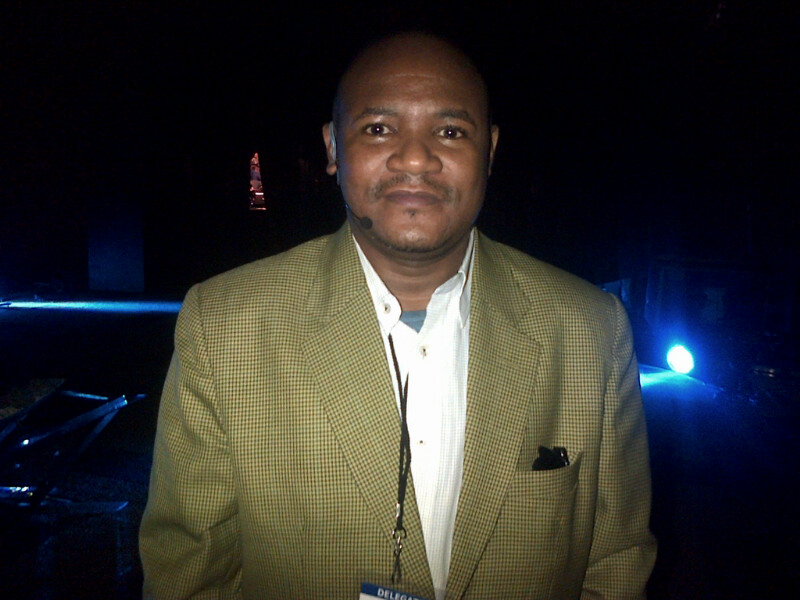Early November this year I participated in a telephone meeting where a brief on the 2015 assessment report of the Strategic Advisory Group of Experts on Immunization (SAGE) was shared. At that time the report wasn’t publically available. The meeting had officials from Bill & Melinda Gates Foundation, WHO, UNICEF, GAVI Vaccine Alliance and many other international and regional players for Immunization. Dr Kamel Senouci a senior WHO official on behalf of the Decade of Vaccine (DoV) Glocal Vaccine Action Plan (GVAP) Secretariat provided quick highlight of the report to the telephone meeting audience.
Now that the report is publically available it is imperative that I share key issues mentioned to provide useful information to all the great people working to ensure Immunization succeeds bearing in mind Africa which has the highest burden of childhood killer diseases.
To start with, the Global Vaccine Action Plan (GVAP) has set ambitious goals, to save thousands of lives through vaccination till 2020. Good progress has been made in some countries, including those where large numbers of unimmunized children live.
The report focuses on two major problems that are holding back progress as follows;
- The elimination strategies for maternal and neonatal tetanus, and for measles and rubella, and their implementation, are in urgent need of change and adequate resourcing.
- The monitoring and accountability framework for the Global Vaccine Action Plan has gaps in its mechanisms for accountability, undermining the translation of the plan’s goals into reality.
In line with these 2 problems mentioned above nine recommendations were made to improve accountability to achieve the GVAP goals;
- “Countries have annual plans for immunization consistent with the GVAP and relevant regional vaccine action plans. The Ministries of Health, Finance and other pertinent ministries demonstrate leadership by establishing an annual process for monitoring and accountability at national and subnational levels. Monitoring should be through an independent body, for example the National Immunization Technical Advisory Group (NITAG). Each country should share, every year, with WHO regional offices, its monitoring report which should include monitoring progress towards achievement of outcomes but also sharing of best practices.
- Once regional vaccine action plans are finalized (by December 2015), WHO regional offices establish a process of annual progress review through their regional technical advisory groups and report to the respective Regional Committees. The first annual review should take place in the first half of 2016 for countries with annual plans consistent with the GVAP. WHO Regional Committees’ reports should be made available annually to SAGE as part of the global review process.
- Global, regional and national development partners align their efforts to support countries in strengthening their leadership and accountability frameworks and in implementing their national plans. This should include establishing and/or strengthening partner coordination mechanisms at each level.
- Decade of Vaccines secretariat agencies report to SAGE in 2016 on their supporting activities conducted in the 10 countries where most of the unvaccinated and under-vaccinated children live. This annual reporting mechanism should include discussion of those reports in regional technical advisory groups.
- Given poor progress with elimination of maternal and neonatal tetanus and the relatively small funding gap to achieve this goal, WHO and UNICEF convene a meeting of global partners and the remaining 21 countries to agree on an action plan, resources and respective responsibilities so that the goal is achieved no later than 2017 and thereafter strategies are in place to sustain elimination in all countries.
- Global, regional and national development partners support countries in securing the required resources and in implementing their measles and rubella elimination or control strategies and plans. The recommendations of the mid-term review of the global measles and rubella strategic plan to be conducted in 2016, once endorsed by SAGE, should be taken into account in refining plans and for monitoring and enhancing quality of plan implementation.
- Global, regional and country development partners coordinate and align their efforts to support countries to immunize more children by strengthening their healthcare delivery systems, combined with targeted approaches to reach children consistently missed by the routine delivery system, particularly in the countries where vaccination rates are below 80% and to provide services to populations displaced due to conflict (both internally displaced persons and refugees).
- WHO provide guidance for countries and partners on implementation of immunization programmes and immunization strategies during situations of conflict and chronic disruption. The 2016 GVAP assessment report will also serve as a mid-term review of progress in the Decade of Vaccines.
- The report be presented at the World Economic Forum in Davos where the Decade of Vaccines was launched. The 2016 report should aim to highlight those activities that were game-changers at global, regional and country levels.”
Ten countries were reported in the report where most unvaccinated children were recorded over the last 3 years, Nigeria was among them. (2012, 2013 and 2014)
As mentioned by the report “Worldwide, 86% of children receive DTP3 and this has not shifted markedly in the last five years. The ten countries with the largest numbers of unvaccinated or under-vaccinated children are all low-income or lower-middle income countries. In most of these countries, large populations and weak performance combine to create the overall large numbers of unvaccinated children,”
With the new minister of health just coming on board in Nigeria, this is the right time to begin to use this report and other relevant ones to strategies and strengthen accountability for Immunization.
1st published in Daily Trust Newspaper of 24th Nov 2015 by Dr Aminu Magashi Publisher Health Reporters (healthweekly@yahoo.com)




